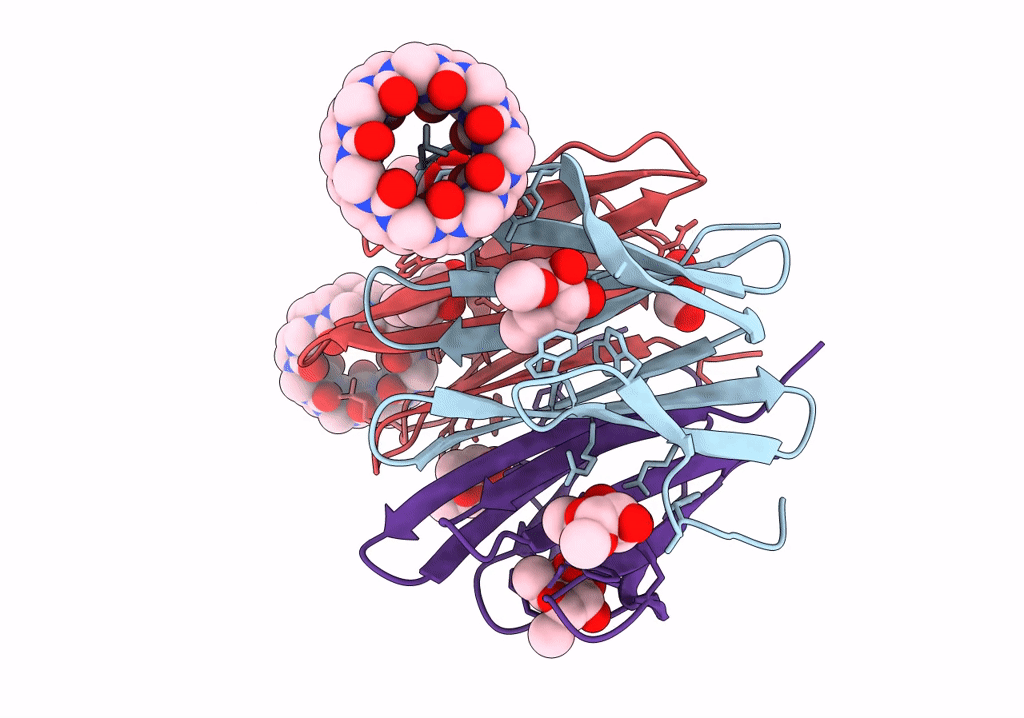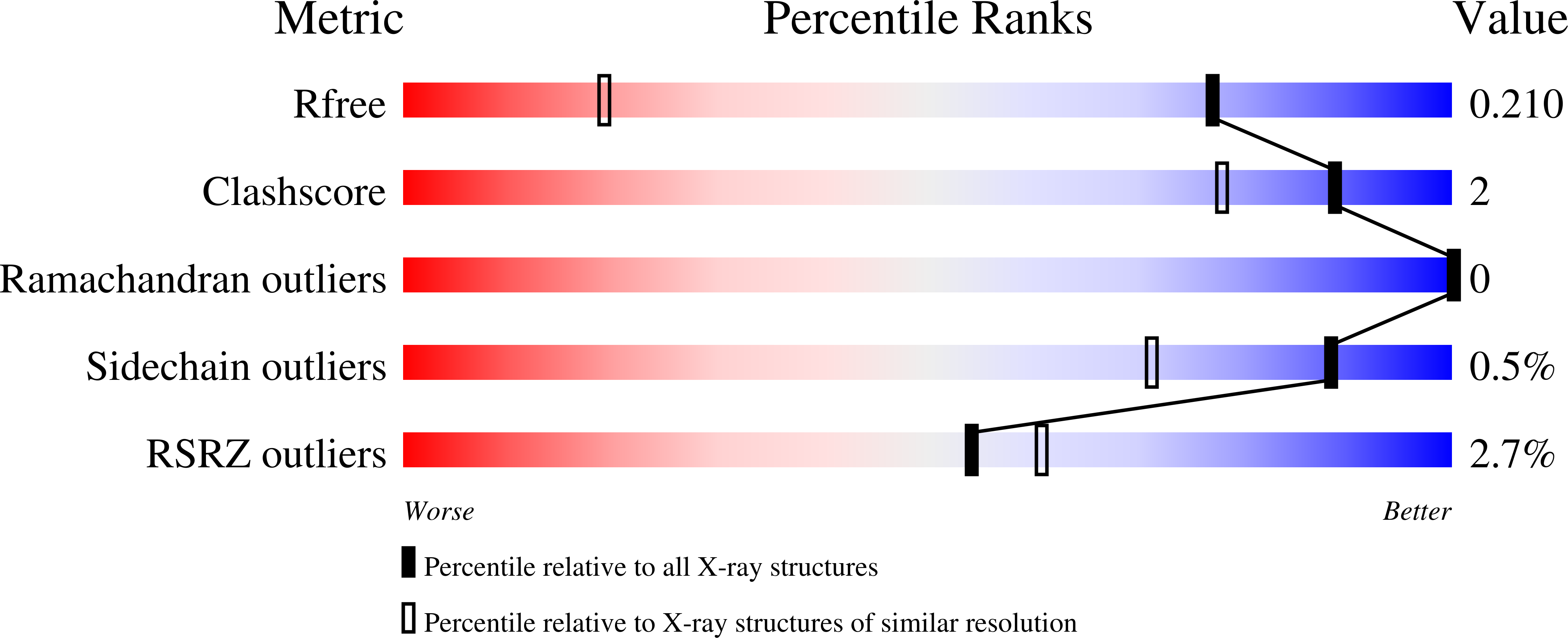
Deposition Date
2023-02-02
Release Date
2023-07-05
Last Version Date
2023-07-05
Entry Detail
PDB ID:
8CF6
Keywords:
Title:
Dimethylated RSL-R5 in complex with cucurbit[7]uril, F432 cage assembly
Biological Source:
Source Organism:
Ralstonia solanacearum (Taxon ID: 305)
Host Organism:
Method Details:
Experimental Method:
Resolution:
1.34 Å
R-Value Free:
0.21
R-Value Work:
0.19
R-Value Observed:
0.19
Space Group:
F 4 3 2


